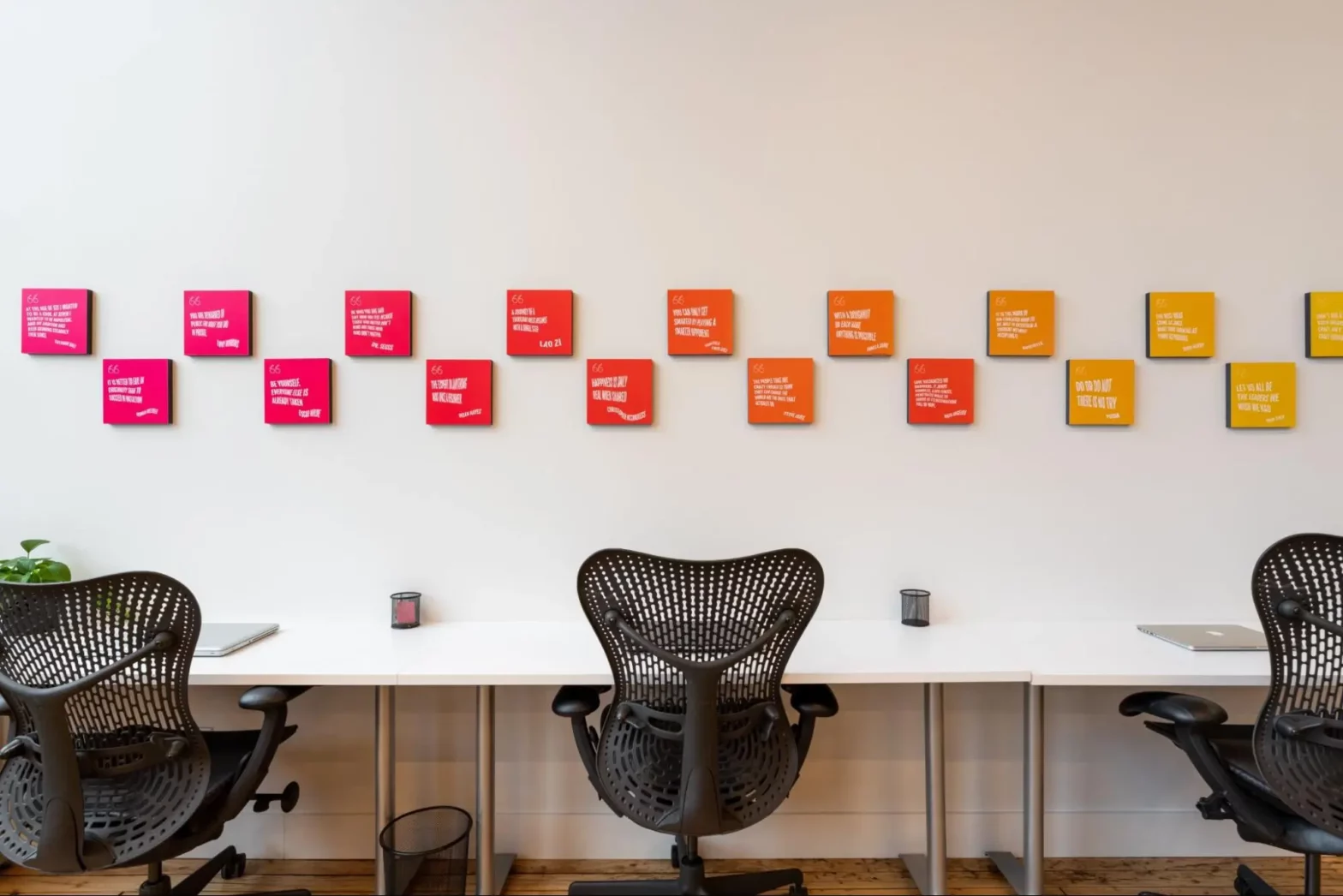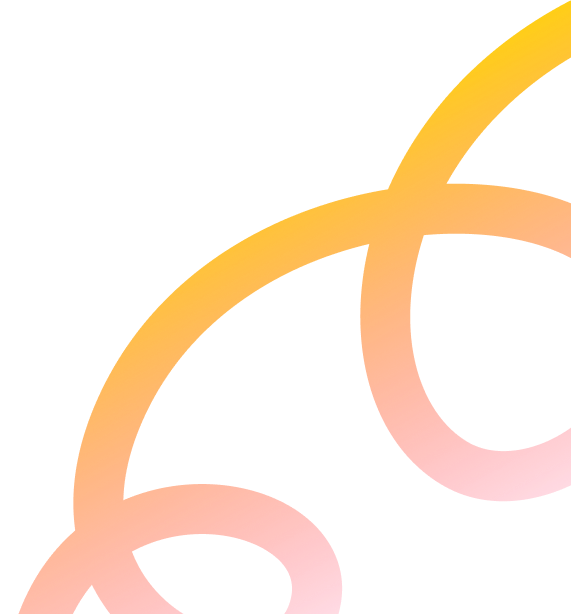
What Job Seekers Want in 2025: A Guide for Employers and Hiring Teams
With Millennials and Gen Z making up most of the workforce, employers must prioritize benefits like flexible work, mental health support, and skill development. Knowing what job seekers value in 2025 will help organizations focus on the perks that matter most.
The disconnect between job seekers’ priorities and employers’ demands is burning out talent. In fact:
- 74% of employees have faced burnout at some point in their careers.
- 57% of marketers ages 25-34 are concerned they will burnout in their current role.
- 81% of employees have expressed concern that they will lose unengaged top performers.
The solution to these concerns is for employers to offer what job seekers want in 2025: flexibility, resources, and purpose. At Ad Culture, we understand how fast-paced the modern work environment can be, and that’s why we’re here to provide tips and insights to help you find the talent fit for your company.
This post will serve as a guide, exploring the data and trends that are driving talent to (or away from) certain opportunities. Ultimately, this guide will help you position your company as a promising place for job seekers.
101 on Employee Benefits vs Perks
Before diving into hiring trends for 2025, let’s differentiate between employee benefits vs. perks. Benefits are essential components companies must include in an employee’s compensation package. These include:
- Health, dental, and vision (often optional) insurance
- Disability and life insurance
- Retirement plans
- Sick leave, parental leave, paid vacation days
Employee perks, on the other hand, are non-essential add-ons. They’re nice-to-haves, enhancing the employee experience, but are only offered at the employer’s discretion. They include the likes of:
- Free snacks and drinks
- Company swag and social events
- Fitness/gym memberships and wellness stipends
- Pet insurance
- Commuter benefits
Hiring trends in 2025 highlight the difference between the two. What used to be perks are now often seen as benefits, with more job seekers considering “nice-to-haves” as standard essentials in their benefits packages. In other words, employees want companies willing to invest in their well-being and development.

Image Source: Unsplash
Most-Wanted Benefits in 2025: What Do Employees Really Want?
Modern job seekers prioritize flexibility, career development, and mental health support when hunting for a new role. Previously seen almost exclusively as perks, companies are offering these inclusions more often to attract and retain talent. These benefits include the following below.
Flexible Work Arrangements
Hybrid or remote-first arrangements remain in high demand (despite industry-wide calls for employees to return to the office). A Pew Research study found that 46% of remote employees would consider quitting their jobs if forced to return to the office full-time.
According to some HR managers, flex hours and job-sharing options are more requested than traditional perks, such as extended vacation time. These are popular demands in the advertising/marketing industry, especially for creative professionals who tie flexibility to their creativity.
Personalized Benefits Packages
Employees now seek benefits that align with their lifestyles and circumstances. This can be student loan assistance for younger employees, or pet insurance for pet owners. More job seekers are opting for “pick-your-perk” models to tailor benefits to their individual needs.
Mental Health and Well-Being Support
Services that support employees’ mental well-being, such as on-demand counselling, resilience training, and mental health days, are among the top requests from modern workers. These wellness programs, gyms, and other health-conscious perks can reduce absenteeism costs by 25% while boosting employee engagement, paying off well for employers.
Expanded Paid Time Off (PTO)
Job seekers are attracted to companies offering extended paid time off or unlimited PTO, as they offer additional time beyond standard vacation days. Employees in fast-paced sectors often use PTO to unplug and recharge, which can help them alleviate or prevent burnout altogether.
Holistic Wellness and Career Development
Job seekers want opportunities for paid professional development and career growth. Additionally, modern talent wants support for physical and financial wellness (i.e., student loan repayment). With these concerns considered, employees can focus more on their performance.

Image Source: Unsplash
The Rise of Non-Traditional Benefits
If your organization wants to attract top talent, you need to look beyond standard insurance and retirement packages. If you don’t offer benefits employees want, another company will. But what do these non-traditional benefits look like in 2025?
Caregiving Support
Parents and children of elderly parents alike seek caregiving support benefits to make family care more manageable outside of work. These include:
- Caregiving stipends
- Backup childcare
- Elder-care planning
They may also seek flexible parental leave policies and caregiver resource networks.
4-Day Workweeks
In the wake of countries like Japan, UAE, Belgium, and Australia implementing four-day workweeks, many companies are following suit. Companies that implement them report higher productivity levels, reduce burnout, and have better recruitment.
Implementing a 4-day workweek is a major shift for any organization, so consider starting with a pilot project before starting a permanent program.
Mental Health Days & Expanded Well-Being Resources
Companies are now offering standalone mental health days as part of a PTO package. Others include wellness stipends, discounts to meditation apps/subscriptions, and fitness challenges to encourage healthy living and keep employees engaged.
Unique, Fast-Rising Perks
- Pet Insurance: More businesses are offering pet insurance policies, which is becoming increasingly popular among Boomers, Gen X, Millennials, and Gen Z.
- Financial Wellness Programs: Millennial and Gen Z hires are interested in financial literacy programs such as loan repayment, credit advice, and money management.
- Identity Theft Protection: Digital-native teams in particular may seek identity-theft protection from companies to stay safe and secure from cybercriminal threats.
What Candidates Are Really Asking in Interviews
Prospective talent is more proactive than ever, inquiring about what companies have to offer in terms of perks, benefits, development, and so forth. Knowing what these questions sound like can help inform how you address them, and more importantly, what your company should offer if it doesn’t already do so.
Key Aspects Candidates Want to Know
| Work Setup |
|
| Career Development |
|
| Culture and Inclusiveness |
(Inclusivity matters more than ever to Gen Z workers) |
| Passion & Purpose |
|
In the advertising and marketing space, interviewees may ask:
- “What’s your pitch-to-win ratio?”
- “How are teams resourced for creative works?”
- “How do you prevent burnout during campaign crunch times?”
- “Do you encourage side projects?”
Candidates are more observant now, and can access tools, such as GlassDoor, to get a glimpse into your company. Between your responses and anonymous reviews online, they can sense a misalignment between what’s offered and what’s given.
That makes it important for you to deliver what you promise.
Quick Wins for SMBs Without Big Budgets
Small and medium-sized businesses (SMBs) may have trouble meeting employees’ desires for certain perks. Nevertheless, they can offer cost-effective perks that require minimal infrastructure and effort to set up, including:
- Flexible Work Policies: Establish fully-remote or hybrid work arrangements (where appropriate). If a role must be on-site, consider offering flex hours or compressed schedules.
- Wellness & Mental Health Resources: Collaborate with local fitness centers to offer your staff discounts on gym memberships, or provide subscriptions to wellness or meditation apps. If you have the means, you can even create workshops that teach stress relief
techniques.
- Career & Creative Growth: Subsidize training courses, encourage attendance at conferences, and support employees who may speak and present at industry events.
- Customize or Create “Pick-Your-Perk” Programs: Let employees choose specific perks that suit their individual needs and lifestyle preferences. For example, you can provide monthly stipends employees can use on particular benefits, such as pet insurance, meals, or textbook reimbursements.
Low-Cost, High-Impact Benefits for SMBs
| Benefit | Estimated Cost | Impact |
| Flexible “Flex” hours | Minimal |
|
| Mental health day(s) | 1-2 paid days/year |
|
| Education stipend | $25-$50/mo/employee |
|
| Remote/hybrid work | Varies (potential savings) |
|
When “Cool” Perks Start to Feel Like a Distraction
Gimmicky perks like Foosball tables, nap pods, and free snacks may appease some talent, but what job seekers want in 2025 are benefits that can enhance their quality of life outside the office, instead of ones that offer temporary escapes. Some of these perks may leave employees somewhat dejected.
Red Flags for Candidates
- Glossy perks coupled with below-industry-average wages
- Free snacks, but PTO is limited, and overtime hours are abundant
- Exciting cultural events, but minimal transparency about career opportunities or feedback
There’s no harm in providing “fun” perks, such as ping-pong tables or Friday night movie nights, but they shouldn’t replace more pertinent perks.
Let’s chat
about building
your team!
Frequently Asked Questions
Job seekers in 2025 want to secure roles that prioritize flexibility, wellness, and meaning. Top talent flock to companies that reward and support diversity, and invest in their employees’ development.
What job seekers want in 2025 are roles that offer a work-life balance, competitive pay, and purpose within an inclusive culture. However, they’re also increasingly weighing a company’s mission and ethics as much as compensation, if not more. This matters even more now when job cuts and automation are eroding trust between employees and employers.
The most important employee benefits for individual job seekers include benefits that improve quality of life outside of work, such as:
- Wellness benefits
- Mental health perks
- Flexible work setups
- Reproductive benefits
- Financial security programs
- Preventative care options.
Yes, traditional job perks like health insurance still matter. However, employers should innovate their benefits package, such as with “pick-your-perk” arrangements where current employees choose what’s most important to them. Employers should also expand their definition of “traditional” perks to include flexible work benefits, mental health services, family care provisions, and more.
Younger workers seek job opportunities that offer skill development and social impact. The former is crucial considering the scarcity of entry-level roles. Additionally, the Gen Z workforce strongly favours companies that offer mental health and wellness support and DEI initiatives, which reflects their focus on inclusivity.
Key Takeaways
- In 2025, job seekers prioritize flexibility, mental health support, and meaningful work over flashy perks or office gimmicks.
- The line between benefits and perks is blurring, as employees now expect wellness stipends, PTO, and remote options as essentials, not extras.
- Personalized, lifestyle-aligned benefits like caregiving support, student loan help, and pet insurance are becoming key differentiators in recruitment.
- Candidates are asking smarter, more values-driven interview questions, focusing on growth, inclusivity, work-life balance, and company culture.
- To retain top talent, especially in high-burnout industries like marketing and tech, employers must lead with empathy, autonomy, and real investment in employee well-being.
Building a 2025-Ready Employer Brand
Fancy perks are no longer enough. 2025, and the years beyond, will continue seeing shifts in what job seekers desire and value from employers:
- Work that brings a sense of purpose
- Policies supporting their physical and mental well-being
- Growth opportunities
- Resources to care for their families
For marketing and advertising employers, fostering a culture of flexibility, autonomy, and wellness takes high priority as these industries are prone to burnout. Those that do will be the ones acquiring and retaining talent for the long run.
At Ad Culture, we can help you find employees who fit your culture. Contact us to hire exceptional talent.








